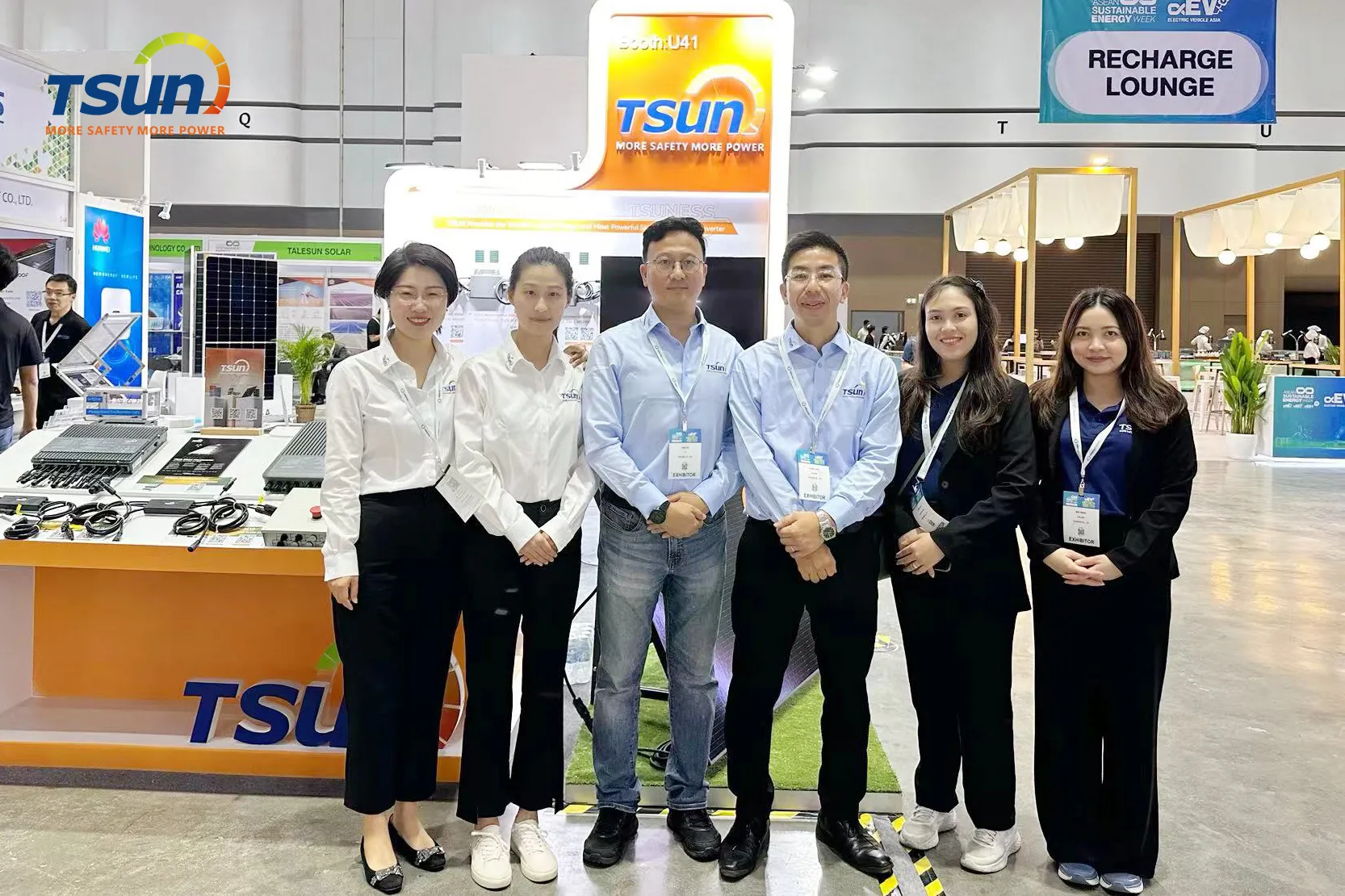As the solar energy industry continues to grow, homeowners and businesses are increasingly seeking efficient and reliable power solutions. Two popular technologies that have emerged to enhance the performance of solar photovoltaic systems are microinverters and DC optimizers. While both serve to maximize the energy production of solar panels, they do so in distinct ways, offering unique benefits and considerations that make choosing between them a critical decision in solar system design.

Microinverters are compact devices that convert the direct current (DC) generated by solar panels into alternating current (AC) right at the panel level. This decentralized approach allows each panel to operate independently, optimizing energy harvest even if one panel in the array is shaded or malfunctions. With microinverters, the entire system does not suffer a performance loss due to issues localized to individual panels, which makes them particularly advantageous in installations where shading is inconsistent or partial.
From a reliability standpoint, microinverters shine with their robust architecture. Each panel having its own inverter means that in the unlikely event of an inverter failure, only that specific panel will be affected, not the entire system. Additionally, microinverters enable detailed monitoring of each panel's output. This granular level data allows both users and installers to quickly identify and address performance issues, ensuring that the solar ecosystem operates at peak efficiency. Many users have reported that the installation of microinverters simplifies troubleshooting due to this panel-specific diagnostic capability.

DC optimizers, on the other hand, optimize the power output of each solar panel but send that DC power to a centralized string inverter for conversion to AC. By performing Maximum Power Point Tracking (MPPT) at the panel level, DC optimizers ensure that each panel produces energy at its highest potential. One significant advantage of DC optimizers is their scalability and compatibility with existing inverter systems, which can be a cost-effective option for expanding current installations without a complete system overhaul.
microinverters vs dc optimisers
In terms of expertise and authority, DC optimizer manufacturers often tout their technology's ability to work seamlessly with high-capacity, high-efficiency solar panels. This makes them highly suitable for larger commercial projects where efficiency and maximizing every watt of energy production are crucial. DC optimizers also offer an easier expansion path, allowing businesses to augment their solar capacity without replacing current infrastructure — a factor that significantly enhances their attractiveness in large-scale applications.
Both microinverters and DC optimizers contribute to the system's safety profile. Microinverters reduce the need for high-voltage DC cables running across the roof, thereby mitigating fire risks associated with high voltage. Similarly, DC optimizers can offer rapid shutdown capabilities, a feature increasingly becoming a standard, especially in residential installations, to enhance safety during maintenance or emergencies.
Trustworthiness in choosing between these technologies often comes down to the specific needs of the installation and the projected return on investment. Users who have employed microinverters frequently express satisfaction with increased performance under shaded conditions. Conversely, those who have opted for DC optimizers often appreciate the streamlined installation process and enhanced compatibility with diverse panel types.
As solar energy systems become more integral to sustainable living and business operations, understanding the intricacies of microinverters versus DC optimizers is crucial for making informed decisions. The choice between them should be guided not only by the technical benefits and system compatibility but also by the specific environmental conditions and future energy goals of the user. Personal experience, supported by expert recommendations and an understanding of each technology's authoritative merits, provides a solid foundation for this important decision in solar energy optimization.
 LEARN DETAILS
LEARN DETAILS



